I was looking through the AN-31 Op Amp Circuit Collection from National Semiconductor (now TI) and saw this precision current sink:
I understand that the 2N3456 JFET is there to remove the beta error caused by connecting the BJT base directly to the op amp output (as in this circuit). It also seems to be the case that the BJT is necessary to provide enough output current, as the 2N3456 datasheet indicates that the JFET can sink at most \$I_{\text{DSS(max)}} = 1\text{ mA}\$. Why not just use a JFET (or a MOSFET) that can sink more current?
It's not just National/TI that has this circuit -- Linear Tech's LT1001 Precision Current Sink uses the JFET + BJT combination as well:
Again, the datasheet for the 2N3685 JFET indicates that it has a low \$I_{\text{DSS}}\$ and the BJT is needed to increase the output current capability. Is that the only reason why the JFET + BJT is used, or is there some other benefit to using a JFET + BJT instead of a single FET that can sink a higher current?


